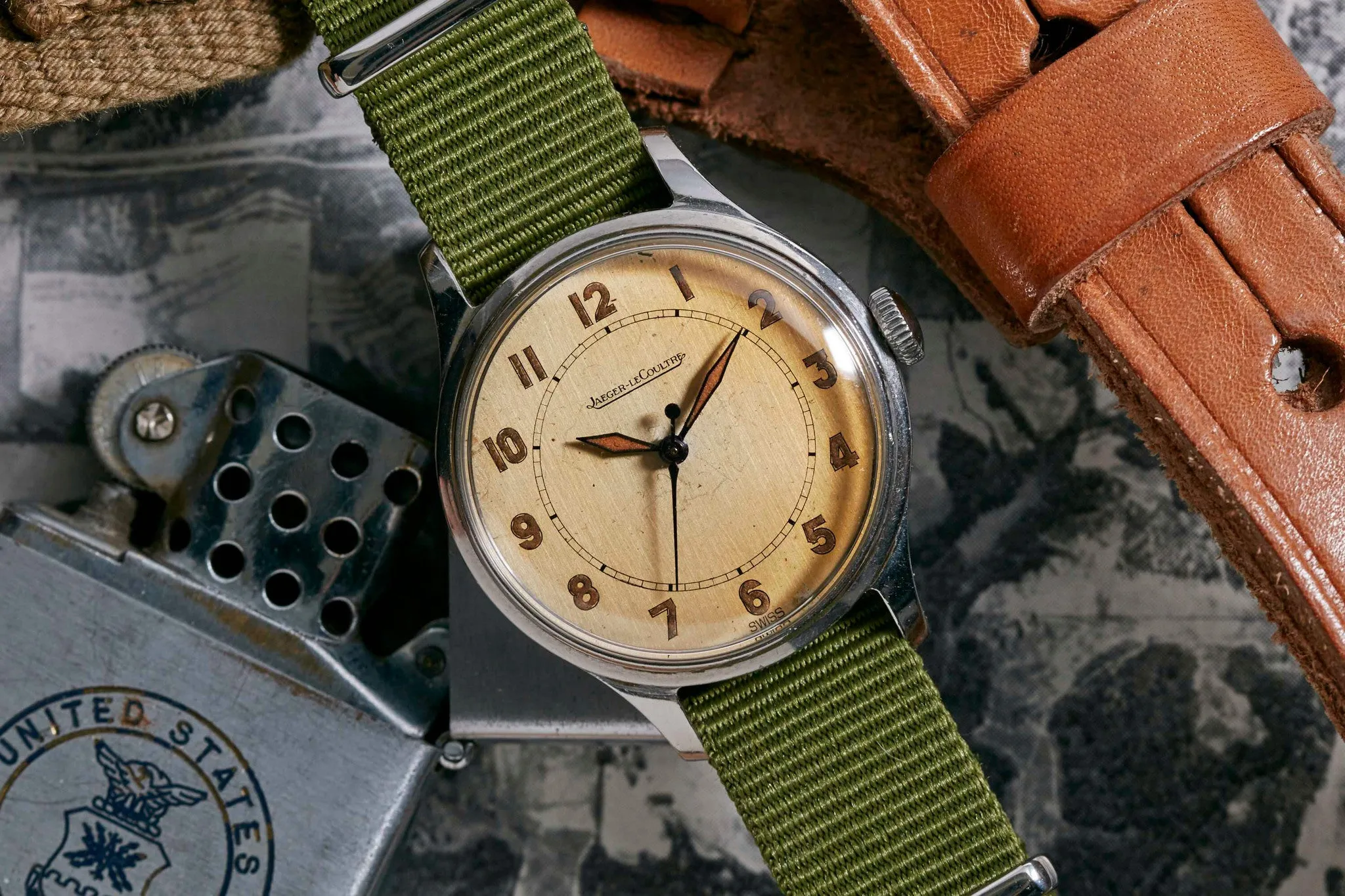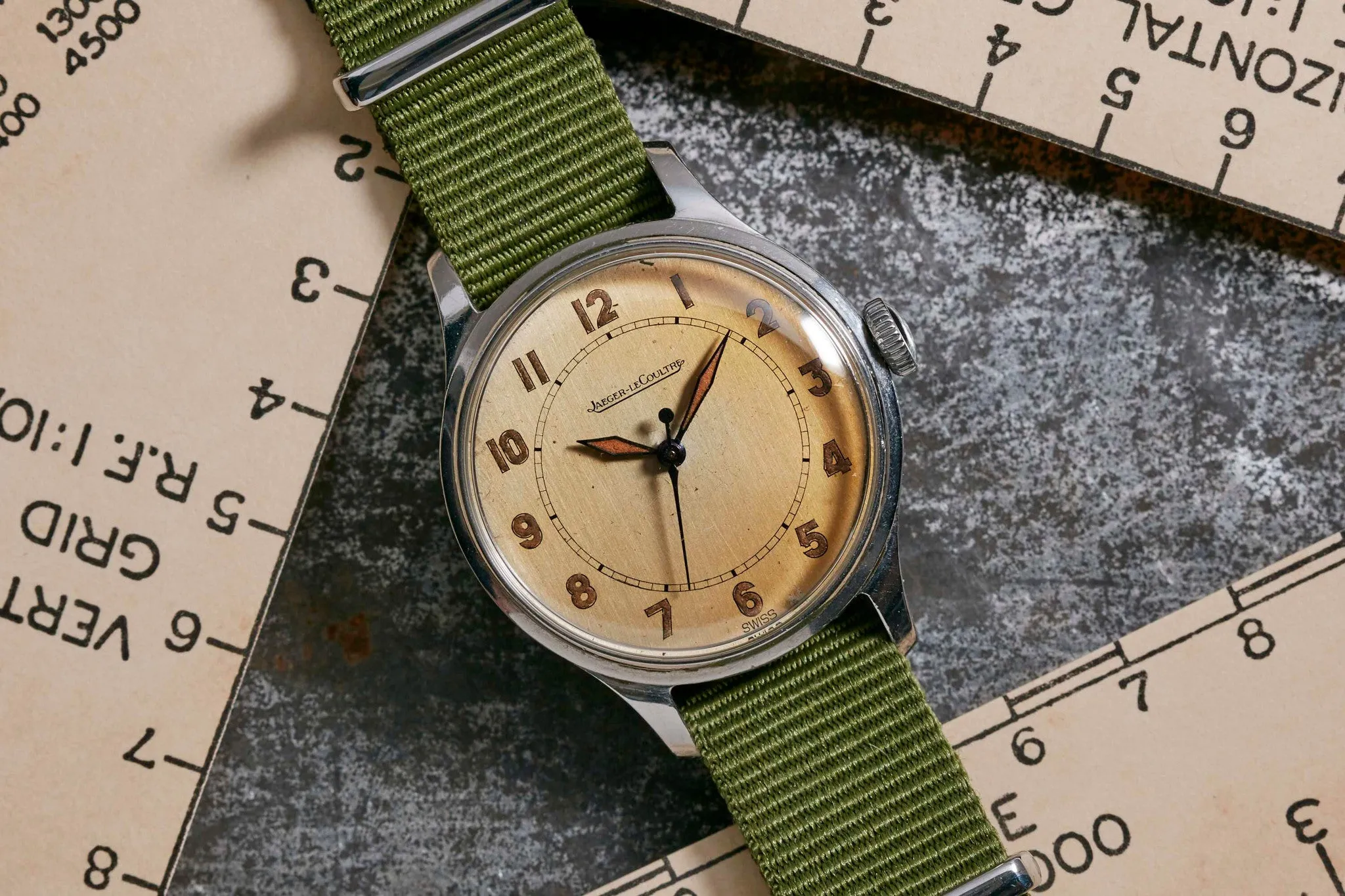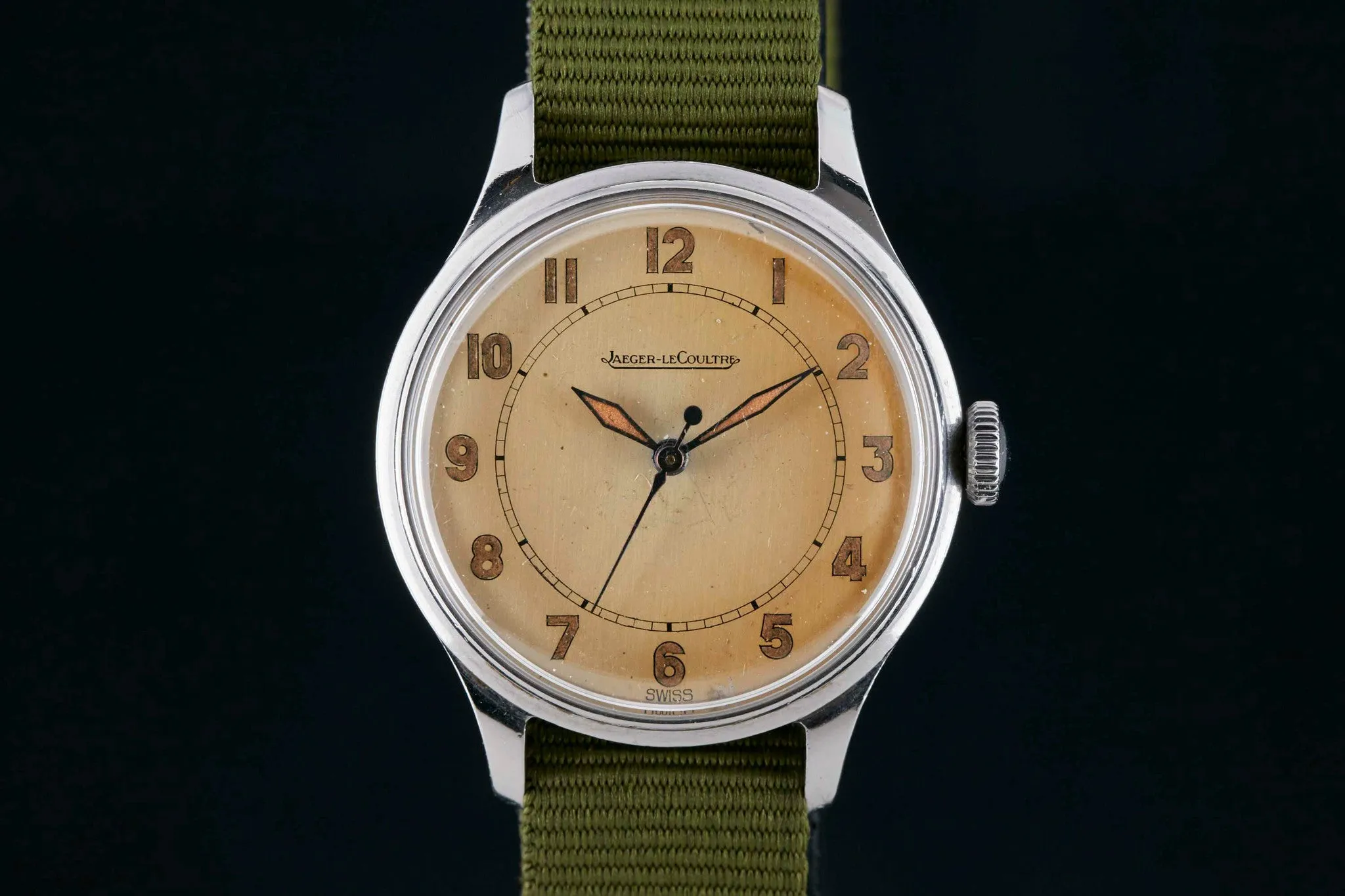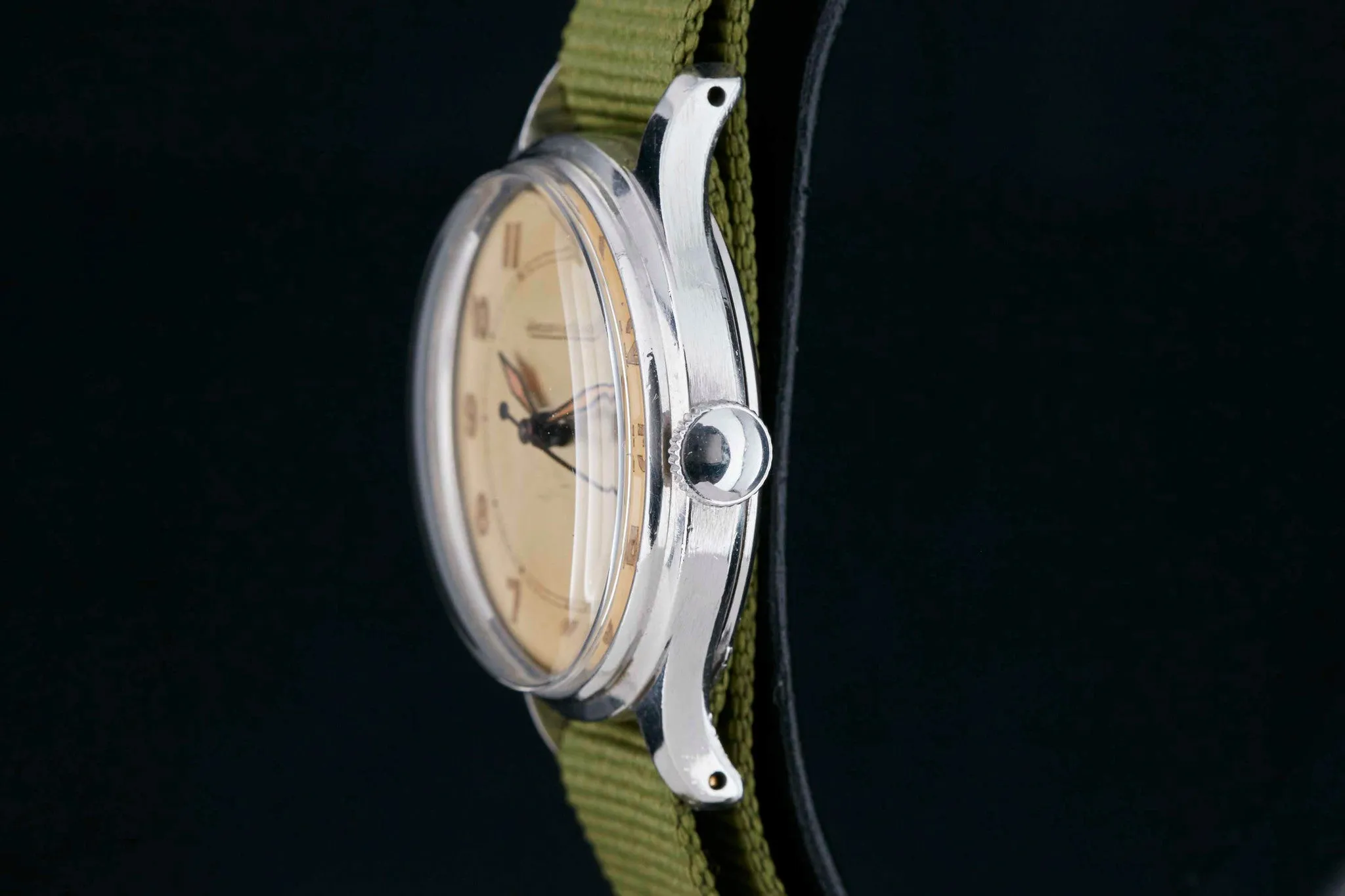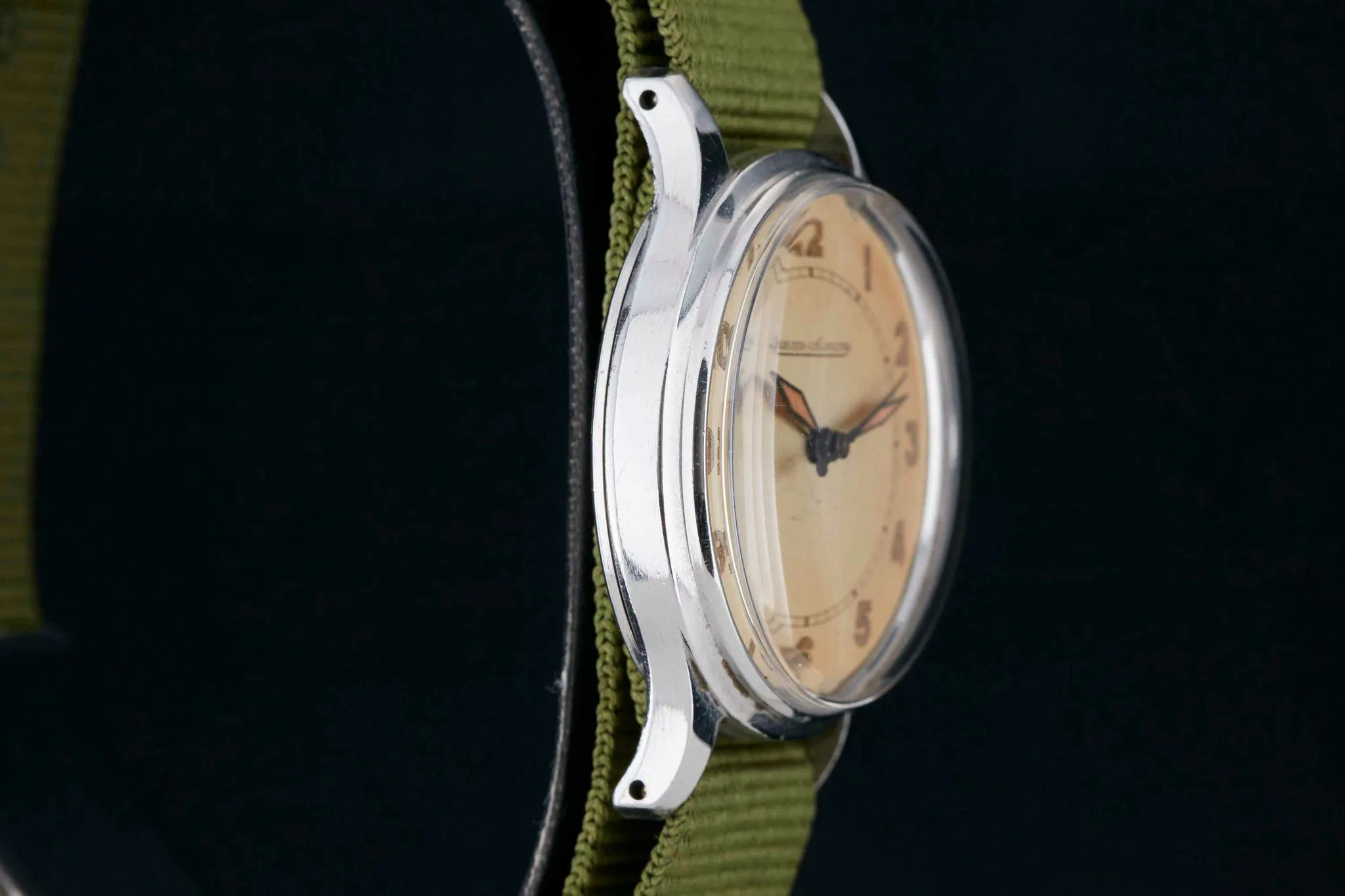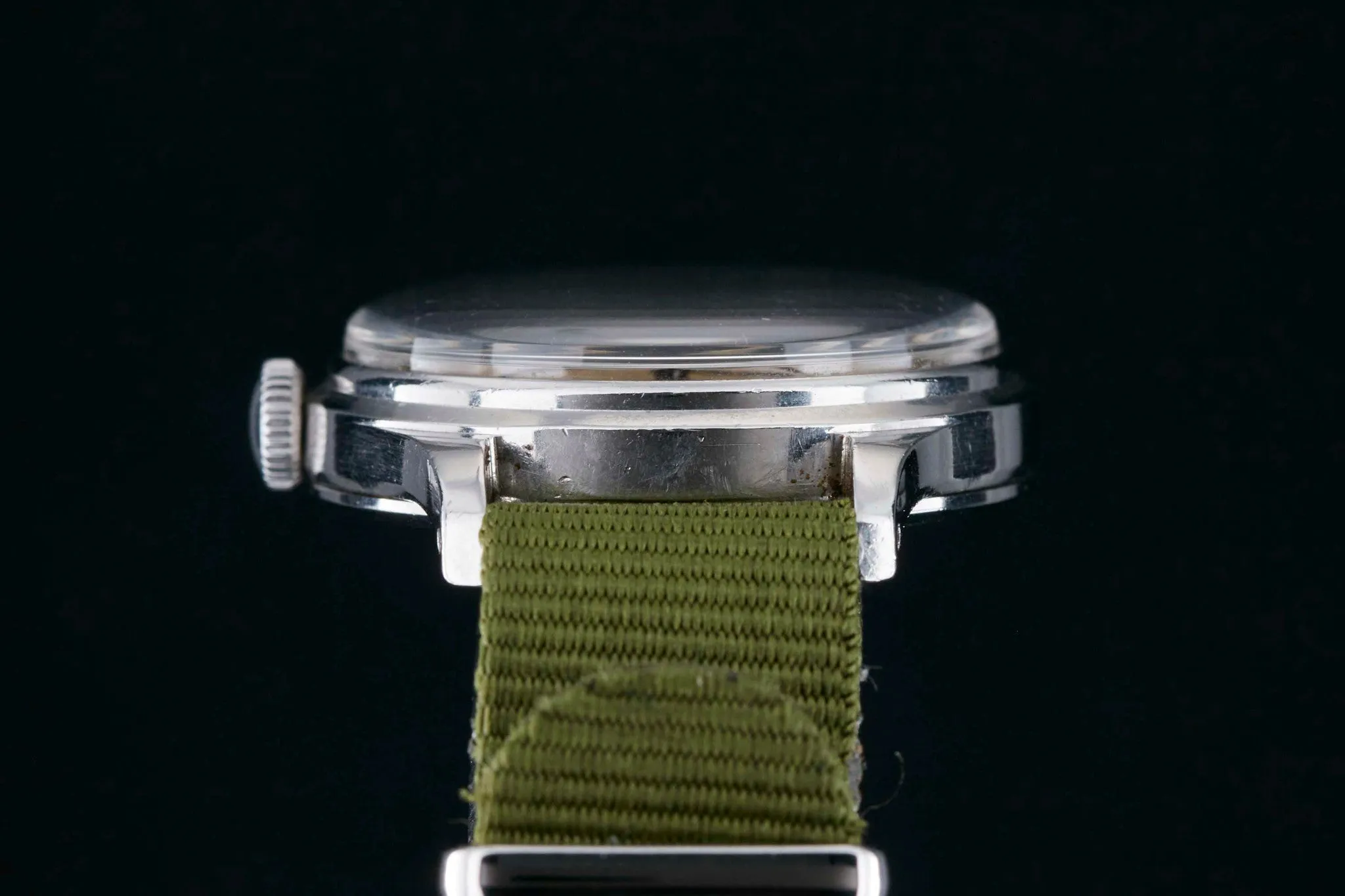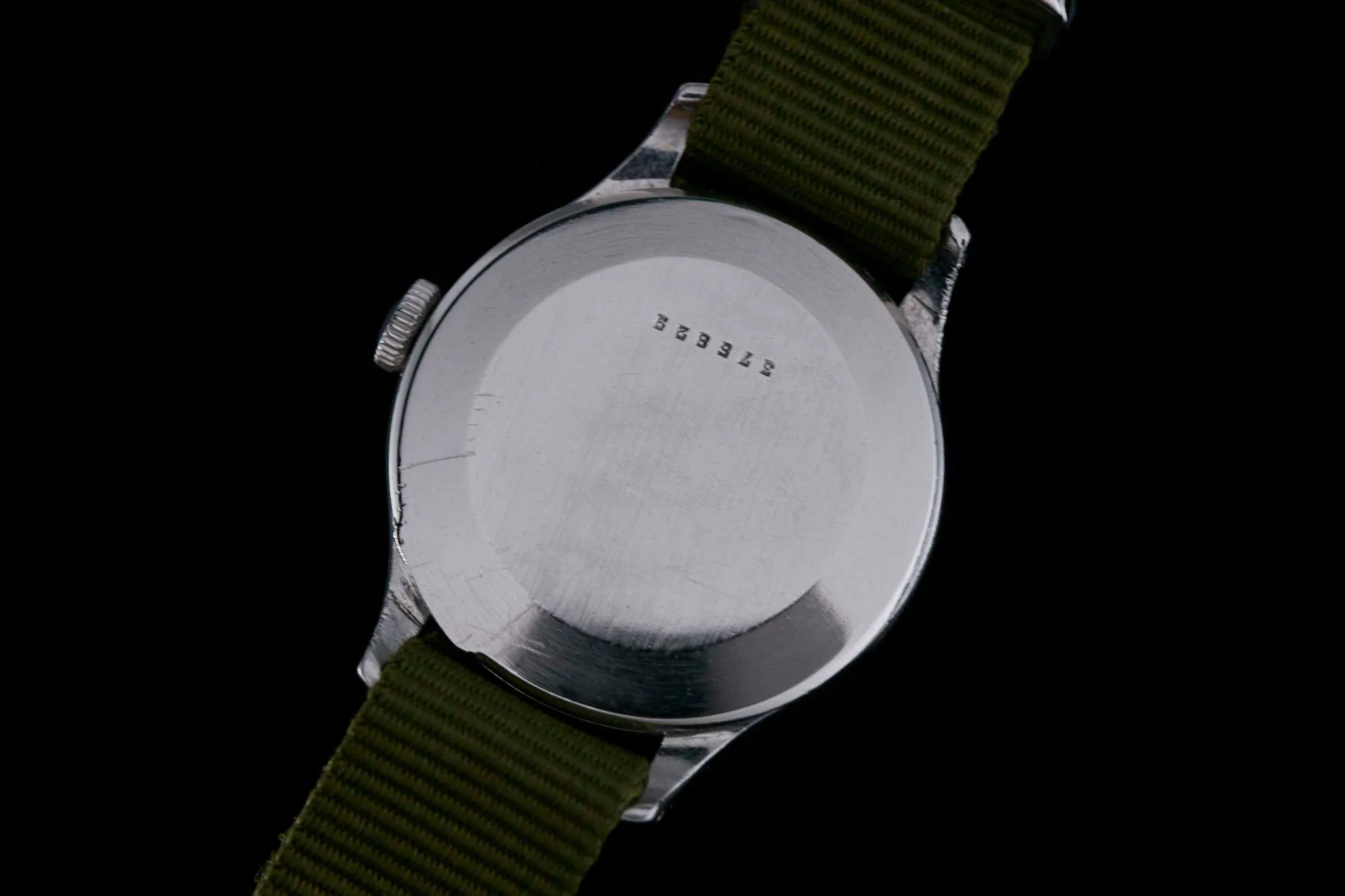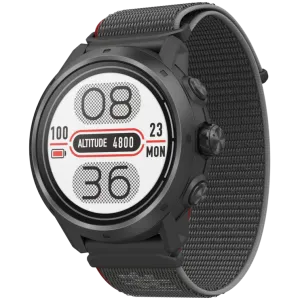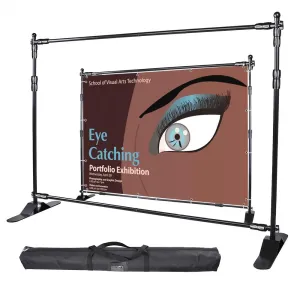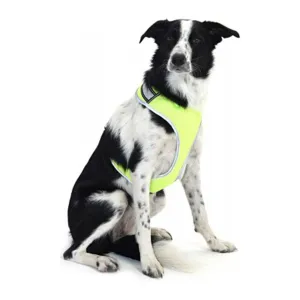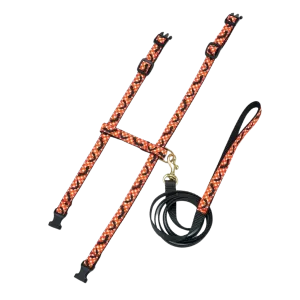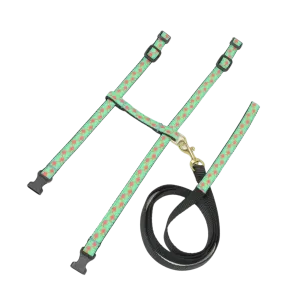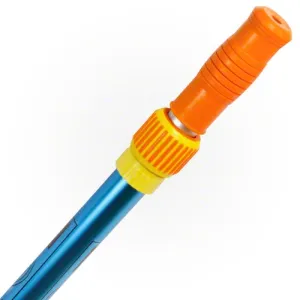Like the course of human events, the history of everyday things is often marked by war. Tools and technologies we use every day were forged in wartime and, later, once the cannons had silenced and the swords were beaten into plowshares, repurposed for civilian use. Radar and sonar, programmable computers, nylon, jet engines, even the Slinky, were all developed during the Second World War and then employed in the civilian realm once the war had ended.
Watches are no exception. In the Second World War, the British Ministry of Defense saw the need for their armed forces to have durable timepieces that could withstand the rigors of combat while keeping accurate time. Jaeger-LeCoultre's military watches from this period--particularly their Mark X "W.W.W" and their Mark XI aviator's watches--are enduring examples of reliable tool watches whose movements are as beautiful as they are reliable. The Mark X or "Watch Wristlet Waterproof," one of the Dirty Dozen produced by twelve watch manufacturers for general issue from 1945 to 1948, combined a spartan exterior with a robust, no-frills movement, the caliber 479. Later, the manufacture (along with IWC) conceived of the Mark XI aviator's watch, whose movement--the cal. 488--answered the MoD's more rigorous specifications of anti-magnetism with a iron covering.
However, in the years immediately preceding the introduction of the Mark XI in 1949, JLC developed another Mark series of pilots' watches that saw service from 1940 to 1946. The Mark VII and Mark VIIA were veritable tool watches and made their way onto many British and Allied pilots. These war-time pieces were driven by the Calibre 470, a sturdy and very accurate precursor to the movement used in the Mark XI.
These Mark VII watches were repurposed for civilian use as the Reference 159, starting in 1946 and ending in the 1960s. The Ref. 159 retained the spare appearance of its military forebear, the Mark VII--a stark white dial with luminescent Arabic numerals and blued diamond hands, and a small but robust case (sometimes constructed out of gold) with a fluted crown. Beating within the case is the caliber 478, whose advanced regulating system permitted adjustments far more precise than any other contemporary movement allowed.
The caliber 478 is a near twin to the redoubtable caliber 479 found in the Mark X. The only difference is that the caliber 479 has center sweeping seconds instead of a subsidiary dial at 6 o'clock. For a discerning collector who respects the robustness of the caliber 479 but desires more of a bargain, the caliber 478 is a clear choice.
Our Reference 159 has a dial that has aged to a handsome, even patina, without the burn marks from the Radium hands that often mar dials of the period. With an austere appearance and a toughness that belies its modest size, it comfortably inhabits the realm between military and civilian life. It's a worthy successor to its military progenitors and very handsome to the modern eye.




